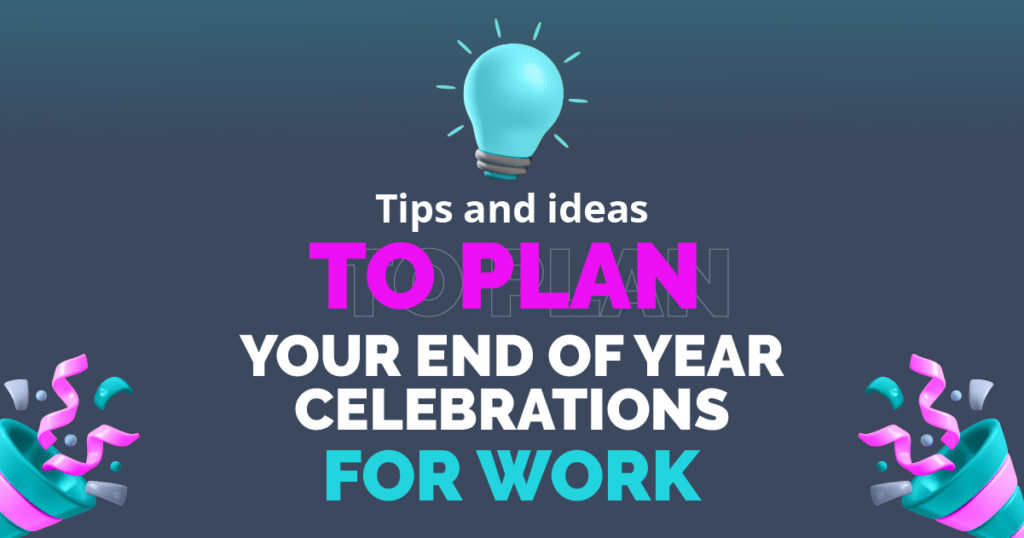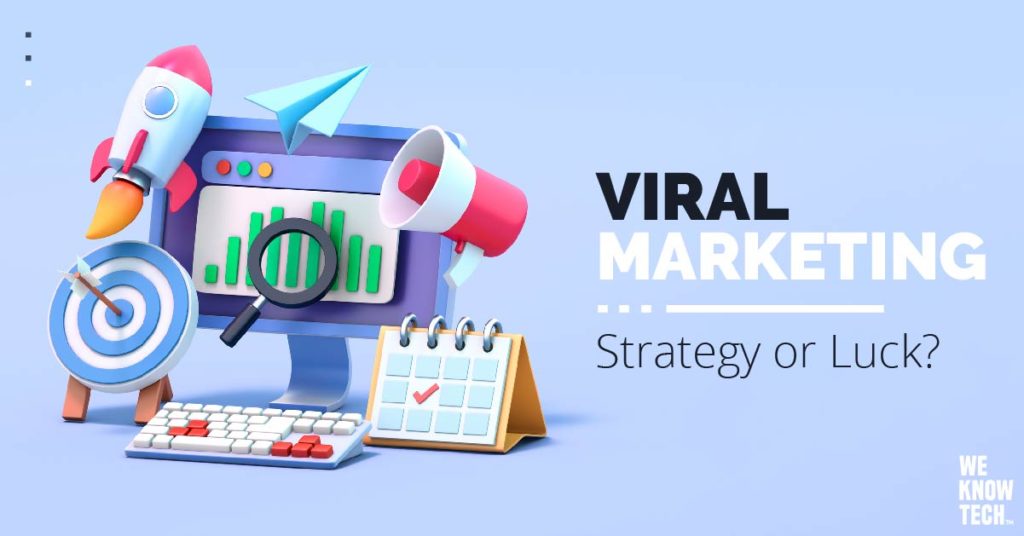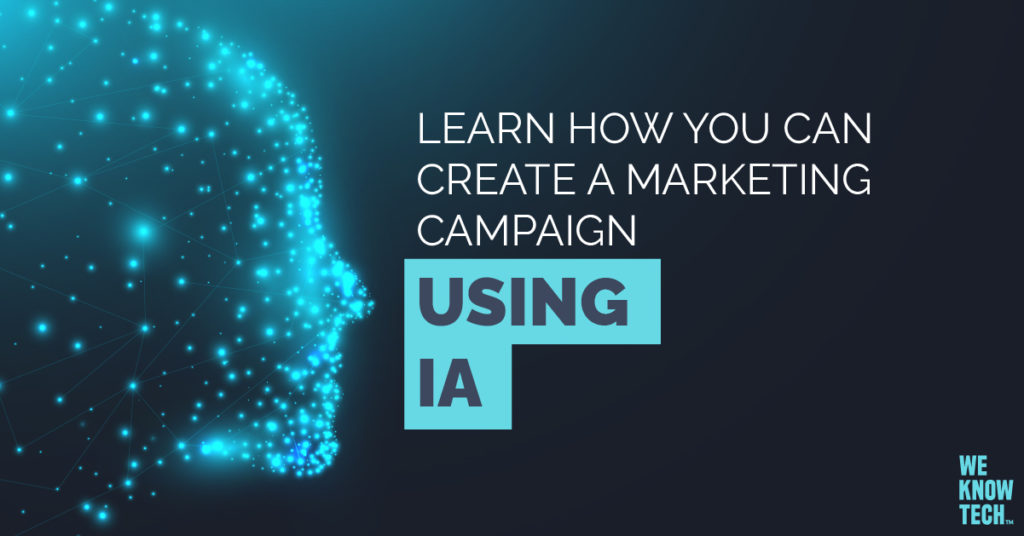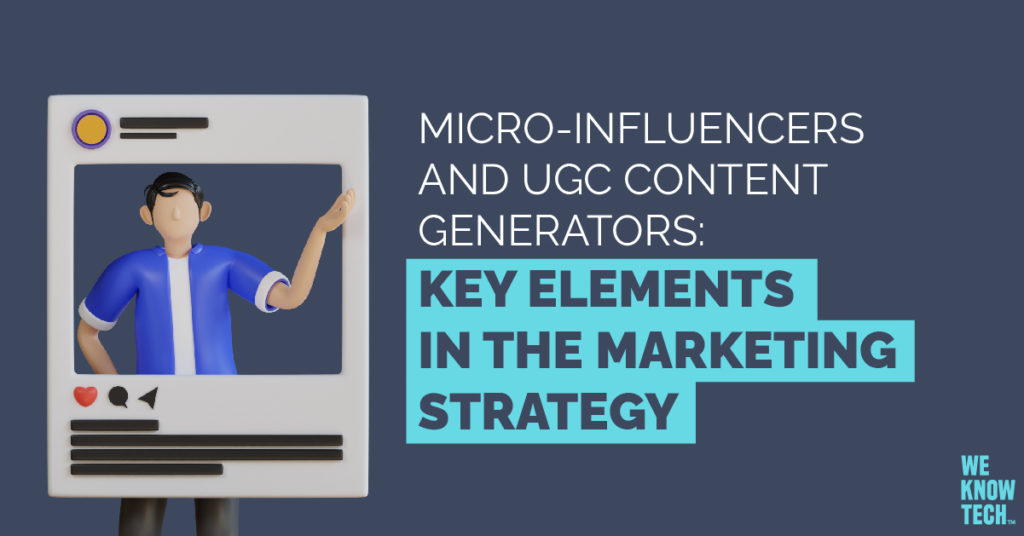Agile Marketing: An optimization strategy for your business
Adapting to changes, working collaboratively and learning from failure are some of the principles of Agile Marketing, a philosophy that started almost a decade ago and has recently become a necessity for companies with the arrival of COVID-19.
In our experience, in the marketing industry we have seen how some clients manage multiple campaigns at the same time and in an automated way, meaning that by having an agile methodology that improves speed, predictability, transparency and adaptability should be a priority.
According to the Agile Sherpas survey, 58% of marketers choose Agile Marketing because it increases team productivity. Statistics even indicate that the growth of this philosophy grew by 32% in 2019 and 42% in 2020.
Next, we list 7 ideas to take into account when adopting an agile look at the Marketing area:
1. Create a marketing war-room team
It consists of bringing together a small group of talented people who work quickly and have cross-functional skills. For example, if it is an email marketing campaign project, the room should include a copywriter, a UX designer, a programmer and a Marketing strategist. Your responsibilities include collaboratively running A/B testing to find the best creative and narrative path for the success of your email marketing campaigns.
2. Choose tools that enhance communication and team effectiveness
It is vital to have effective tools and processes that help strengthen communication and synergy among stakeholders in the area. Some of those tools can be Asana, Monday, BaseCamp, to name a few.
3. Prioritize hypotheses over opinions and conventions
Marketing is a purely intellectual and creative area, which makes it inherently complex and non-linear, therefore its execution must be carried out through a process of feedback of tactics and strategies that contemplates the implementation, measurement and continuous learning.
4. Customer-focused collaboration
It is not a secret that marketing must focus on the needs of the client, so the decision-making must always be focused on them, in an integral way -not isolated- or never from a hierarchical position.
5. Develop adaptive campaigns more like “mega-campaigns”
Thinking of small strategies and executing them quickly under a non-linear and adaptive scheme is highly convenient. For example, A/B testing provides valuable information for a real knowledge of customers and allows you to adjust the planning according to what really works.
6. Discover the customer without static predictions
Taking into account the adaptive focus, it is possible to know clients dynamically through their interactions.
7. Plan flexibly and continuously
There is nothing wrong with planning, when thinking about change. For example, when a project includes a high load of creativity in complex and changing environments, strict plans are speculative, and do not reflect reality, therefore they do not add value.
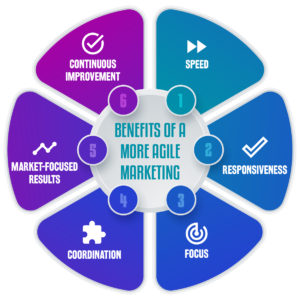
But, how did Agile methodology come about?
Agile methodology as we know it, dates back to 2001, in response to cascading approaches to project management, which are typically organized as a series of linear sequences. Consequently, a group of software developers wrote the Manifesto for Agile Software Development, with a novel approach to software development that includes four fundamental characteristics:
- People and interactions before processes and tools.
- The software in operation, before the exhaustive documentation.
- Collaboration with the client before contractual negotiation.
- The response to change rather than adherence to a plan.
Case Study: Latin American Bank adopts the agile methodology
 A company in the financial sector in Ecuador decided to start its process of adopting agility with Isource Marketing, to improve its position in the financial sector. The entity started with the incorporation of the methodologies in its innovation team, forming agile teams that generated new products and services to meet the needs of its customers more effectively. However, they encountered an internal bottleneck: response times and quality of Marketing deliverables -a key step for the project- were not as expected. For this reason, they decided to hire our services with the aim of understanding and strategizing the current situation of the team by creating the ideal path in the adoption of agile marketing, which consisted of five phases: Identification and advice, solution, training to the Marketing area, adoption and evaluation/optimization.
A company in the financial sector in Ecuador decided to start its process of adopting agility with Isource Marketing, to improve its position in the financial sector. The entity started with the incorporation of the methodologies in its innovation team, forming agile teams that generated new products and services to meet the needs of its customers more effectively. However, they encountered an internal bottleneck: response times and quality of Marketing deliverables -a key step for the project- were not as expected. For this reason, they decided to hire our services with the aim of understanding and strategizing the current situation of the team by creating the ideal path in the adoption of agile marketing, which consisted of five phases: Identification and advice, solution, training to the Marketing area, adoption and evaluation/optimization.
At Isource Marketing we firmly believe in agility and, therefore, we are specialists in helping our clients adopt agile methodologies. If you want to know more about it or meet us, click here.






